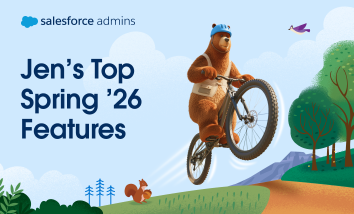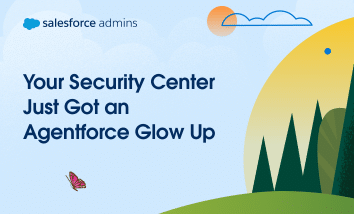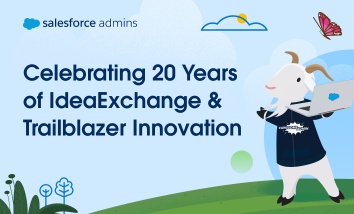As I write this blog to highlight features in the upcoming Spring ’26 release, I’m certainly thinking of warmer times when I can retire my heated jacket, heated scarfs, heated all the things, and the snow pants I wear to walk Mochi while staying warm. I look forward to an actual physical spring season where […]



 The first step was standardizing the company on a single process for capturing feedback. We replaced legacy objects and flows (and the occasional PowerPoint and Excel spreadsheet) with a single, in-app repository to capture feedback from employees and customers. This ensures that the invaluable input from our customers lives in a single place for easy reporting and analysis. With the data in one place, we needed to ensure we had a way to effectively prioritize, which brings me to the next tip:
The first step was standardizing the company on a single process for capturing feedback. We replaced legacy objects and flows (and the occasional PowerPoint and Excel spreadsheet) with a single, in-app repository to capture feedback from employees and customers. This ensures that the invaluable input from our customers lives in a single place for easy reporting and analysis. With the data in one place, we needed to ensure we had a way to effectively prioritize, which brings me to the next tip:

 During these last 10 years, we’ve learned a lot about how to innovate with our customers. Ultimately, taking the time to develop a listening engine that is transparent, cohesive, measurable, and integrated enabling us to deliver products that reflect the needs of our community. That’s how we did it…now it’s YOUR turn to connect and innovate with your customers in a whole new way!
During these last 10 years, we’ve learned a lot about how to innovate with our customers. Ultimately, taking the time to develop a listening engine that is transparent, cohesive, measurable, and integrated enabling us to deliver products that reflect the needs of our community. That’s how we did it…now it’s YOUR turn to connect and innovate with your customers in a whole new way!


